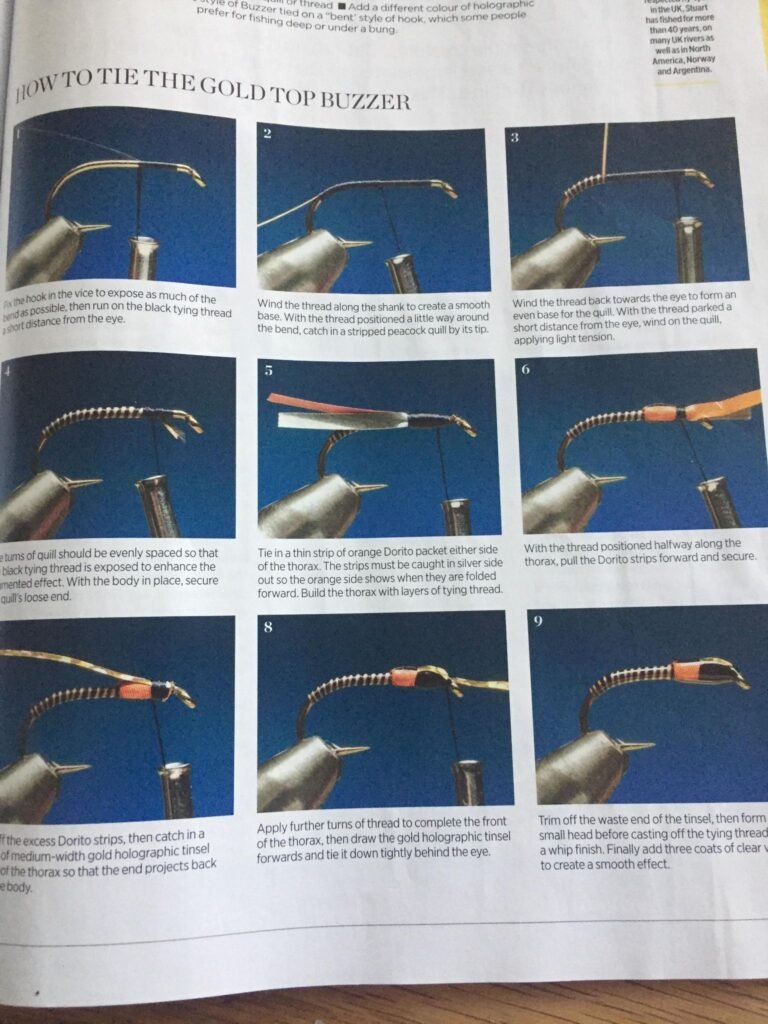INTRODUCTION
Robert Singleton is a project, potentially multimedia but currently confined to the limits of this website, designed to explore ... (New cultures of knowledge production and formalisation , a practice especially [interested in] the new instrumental roles played by whim, failure, misrepresentation and incoherence in [our] attempts to be and create productive/engaged online selves/identities. Mainly doing this by practising a kind of bastardised form of literary criticism.)

where he outlines the methodological and philosophical backstory for his work and provides explanations for a number of pieces
CONTENTS
‘the kinds of critical texts produced by someone using the faculties developed by internet reading (parsing) for reading literary texts… Placing an emphasis on the more pragmatic, peremptory, opportunistic reactions a mind can have towards textual material, the kind of reactions that play a central role in our ability to navigate the internet, in responses to ‘literary’ material gives us a view of the pre-lives of critical assessments, the embryonic stages of a fully ‘worked out’ interpretation of the kind we are used to seeing’ – Robert Singleton
Piece of conceptual writing. A ‘paradigmatic instance of the kind of knowledge structures accumulated by ‘surfing the web.’ I wanted to see for myself what all my skim-reading, all those twitter-threads, those overheard discussions, half-remembered, those Wikipedia entries and half-read articles, what it all amounted to, what kind of knowledge it could all be made to cohere into. I soon realised that what it amounted to wasn’t grounded knowledge about a subject area (in this case Logic) but an ability to simulate competency in the handling of concepts and ideas associated with a particular subject area… And then there’s all these interesting questions that arise concerning the boundaries between knowledge and its simulation, what pathways can be created between the two, where the distinctions lie etc. In an attempt to ‘get at’ these boundaries, expose them, I split the text into 4 levels.’
